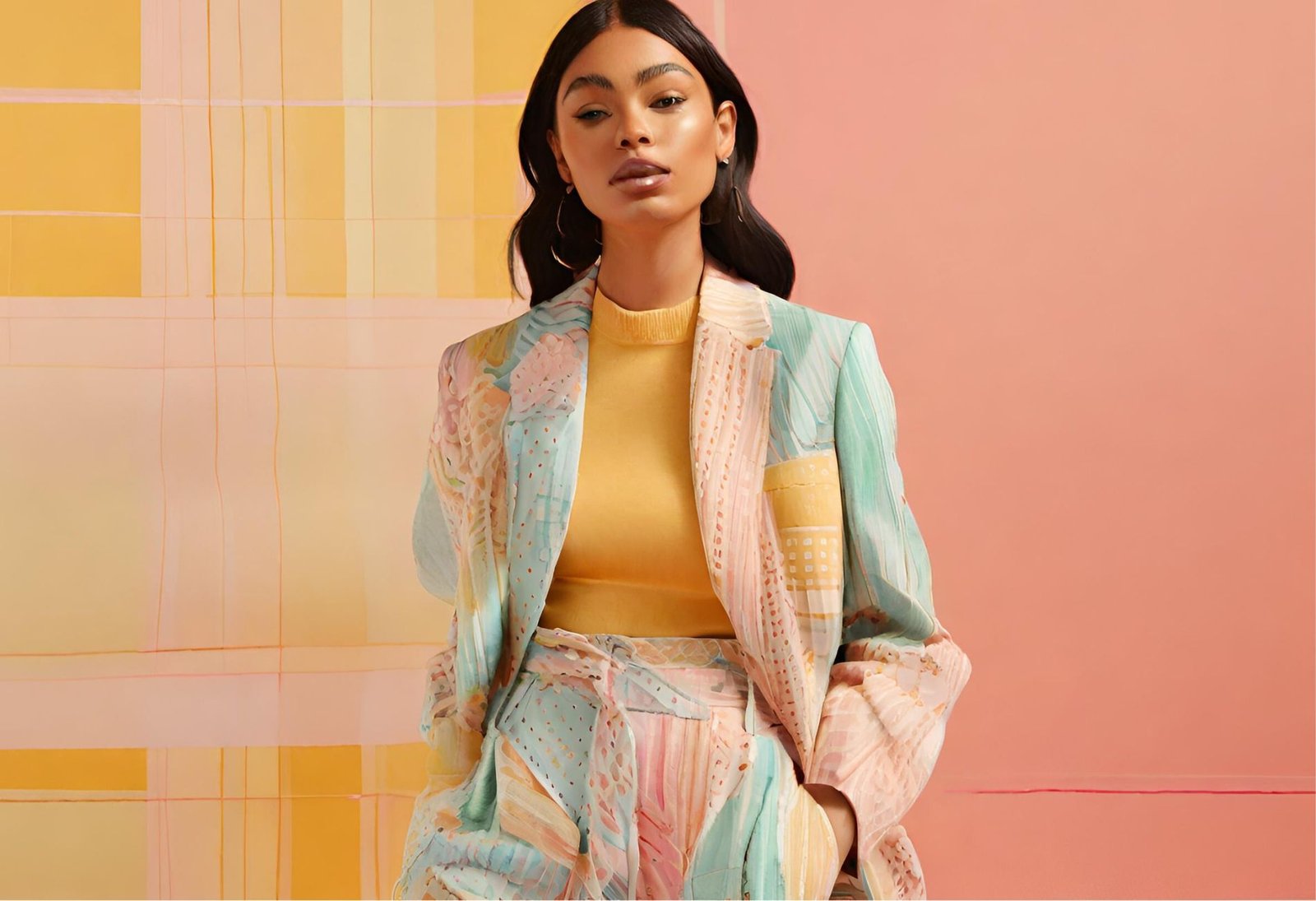Choosing the right colors and patterns for your outfit can make a significant impact on your overall appearance. When done correctly, it can create a harmonious and stylish look that showcases your personal style. In this blog post, we will provide you with some tips on how to symphony colors and patterns in your outfit.
Understanding Color Theory
Before diving into the world of color coordination, it’s essential to have a basic understanding of color theory. The color wheel is a useful tool that can help you identify complementary, analogous, and monochromatic color schemes.
Complementary Colors
Complementary colors are opposite each other on the color wheel. Pairing complementary colors can create a vibrant and eye-catching look. For example, if you’re wearing a blue outfit, you can add a touch of orange or yellow to create a striking contrast.
Analogous Colors
Analogous colors are adjacent to each other on the color wheel. These colors share similar undertones and can create a cohesive and harmonious look. For instance, if you’re wearing a green dress, you can pair it with accessories in shades of blue or yellow.
Monochromatic Colors
Monochromatic colors involve using different shades and tones of a single color. This creates a sophisticated and elegant look. For example, if you’re wearing a navy blue dress, you can add lighter or darker shades of blue in your accessories.
Choosing Patterns
When it comes to patterns, it’s important to consider the scale and complexity. Mixing patterns can be tricky, but when done right, it can add visual interest to your outfit.
Scale and Proportion
When combining patterns, consider the scale and proportion of each pattern. Pairing a large-scale pattern with a smaller one can create a balanced and visually appealing look. For example, if you’re wearing a bold floral print skirt, you can pair it with a subtle striped top.
Color Harmony
Patterns with similar color schemes can be easier to mix and match. Look for patterns that share similar colors or have complementary colors. This will help create a cohesive and coordinated look.
Textures and Fabrics
Don’t forget to consider the textures and fabrics of your patterns. Mixing different textures can add depth and dimension to your outfit. For example, pairing a smooth silk blouse with a tweed skirt can create an interesting contrast.
Accessorizing
Accessories can be an excellent way to tie (bridge) your outfit together. Choose accessories that complement the colors and patterns in your outfit. For example, if you’re wearing a patterned dress, you can choose a solid-colored handbag and shoes that match one of the colors in the pattern.
Final Thoughts
Harmonizing colors and patterns in your outfit is all about balance and personal style. Experiment with different combinations to find what works best for you. Remember to consider color theory, scale, proportion, and textures when creating your ensemble. With practice, you’ll be able to create stylish and cohesive looks that showcase your unique fashion sense.




